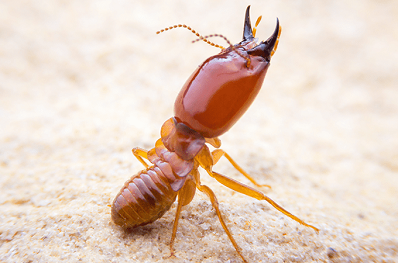
There are approximately 45 different species of termites in the U.S. These termites fall into three main categories: subterranean, drywood and dampwood. The unique traits of each species determine where they live, what type of nest they build, and the likelihood that they will come in contact with humans, causing damage to our homes.
Subterranean termites are common across the country, appearing in all states but Alaska. They make large nests in the soil; from which they extract the moisture they need to survive. They are able to travel considerable distances, utilizing the mud tunnels that they construct to arrive at their food source. They cause the majority of the termite damage in the country, and colony sizes are known to reach 1-2 million insects.
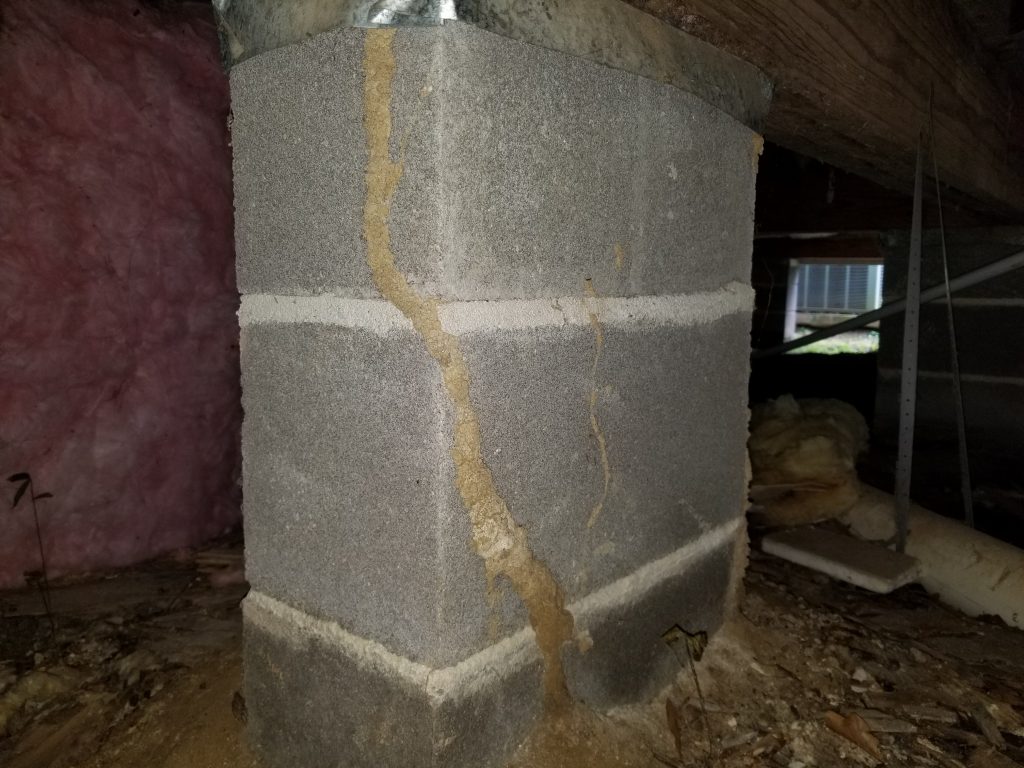
Formosan subterranean termites are a particularly difficult adversary, as their colonies are typically larger that those of the native subterranean termite, resulting in more rapid destruction of lumber. They are also more adaptive and will often build additional nests inside of a structure, whenever an adequate moisture source is available.
Drywood termites are typically found living inside of the wood they infest. They have no contact with the soil, as they extract their moisture from the wood that they consume. Wood used in construction can have an average moisture content of 15-20%, which is more than enough to support a colony of drywood termites. While their colony size (typically less than 5000 insects) is smaller than subterranean termites, the fact that they do not build tell-tale mud tunnels means that they are often more difficult to detect. This often allows them to cause more damage before they are discovered in a home.
Dampwood termites also live inside the wood that they infest, but are typically not found inside of structures, as they require a higher moisture content for their survival. They normally feed on wood that is decaying due to moisture damage, such as fallen trees, stumps or decaying branches. They will also attack lumber that is in constant contact with moisture, so houses with a consistent moisture problem, such as an ongoing leak, may be susceptible to damage. Unlike subterraneans and drywoods, dampwood termites do not have a central colony but exist in small foraging groups, moving as needed to find a suitable food source.
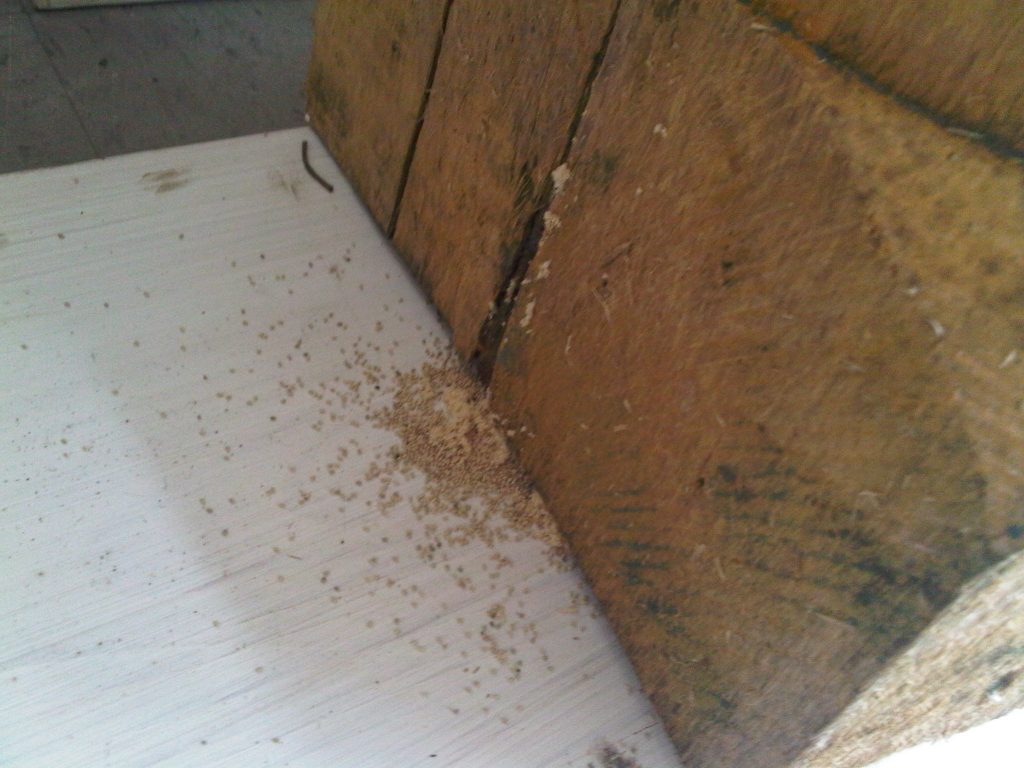
Most species of termites exist within a caste system, where each caste (worker, soldier or reproductive) has a specific function to perform for the colony to function. As the colony grows, some reproductive termites will fly away from the colony, in a process termed swarming. All termites proliferate by swarming, as maturing termites grow wings and fly away from their colony, in an attempt to find a mate and start a new colony.
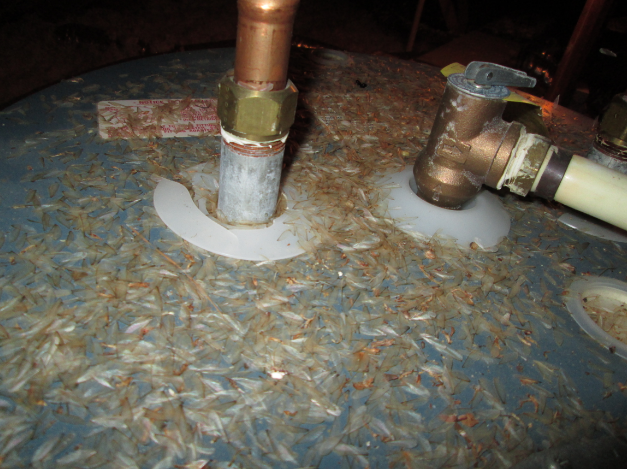
Several species of wood-boring beetles exist, with different species found in various locations across the country. These beetles are not colony insects, but rather solitary creatures. A female beetle lays her eggs onto a piece of wood, and the newly hatched insects transform through their different life cycles (known as metamorphosis), eating the wood as they mature. They are typically identified by the small holes that they make when breaking through the surface of the wood as they exit. Their excrement, known as frass, is used to identify the species of beetle. If wood is known to have an active infestation of beetles, this frass will typically be seen streaming from their emergence holes.
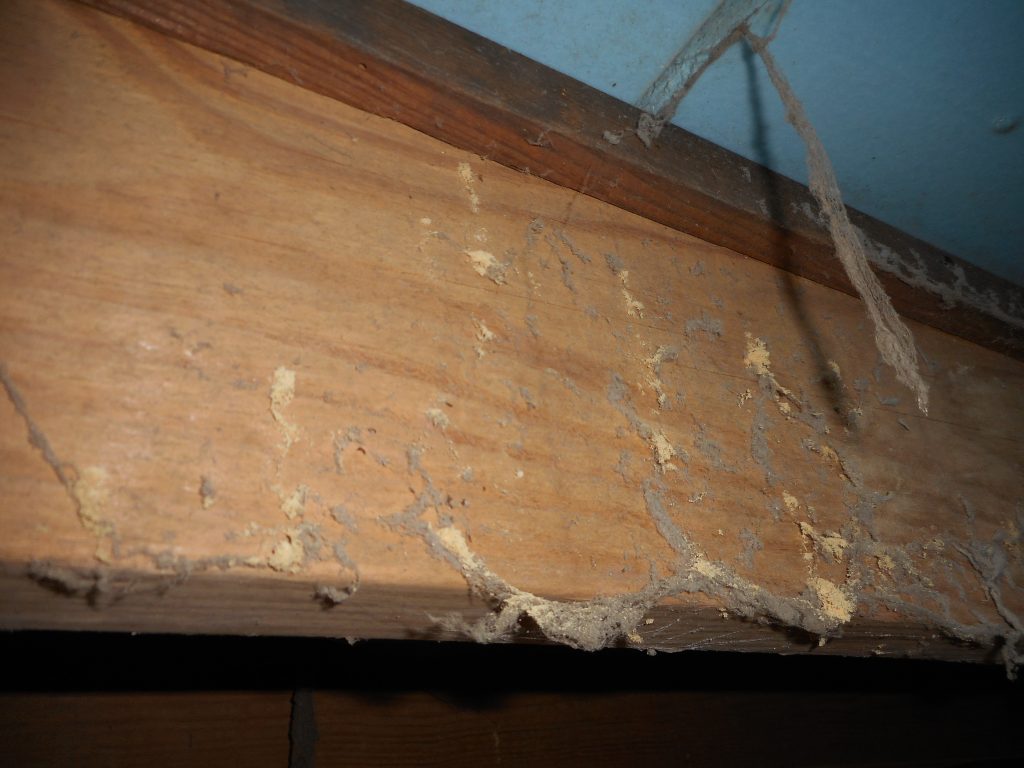
Carpenter ants and carpenter bees are also considered to be wood destroying insects, but unlike termites and wood-boring beetles, they do not consume the wood that they destroy. These insects dig out a portion of the wood that they infest in order to construct nesting areas in which to lay their eggs. Even though they do not eat the wood, their activity can also cause considerable damage to wooden members of a structure, and larger infestations may require chemical treatment to gain control.
It’s important to realize that home inspectors hold a different license than pest control operators. As such, home inspectors in most states are not allowed to make specific comments regarding wood-destroying insects in their home inspection report. As a result, the following is an example of the type of language that would be used in a home inspection report to alert you of the fact that the home inspector suspects that you may have (or have had at some time in the past) a wood-destroying insect problem with your home:
Evidence of possible pest activity/damage was noted during the inspection. Recommend verifying history of damage and treatment with sellers, and contacting a licensed contractor regarding any needed repairs. Recommend contacting a qualified licensed pest control operator for further investigation and/or treatment options.
Please note that any information related to this item is being included as a courtesy to our clients. This item is outside the scope of a standard home inspection. No inspection of this item is included in a standard home inspection. If this item is a concern for the client or anyone else involved in the transaction, further evaluation by a qualified licensed contractor is recommended prior to the end of the inspection period.
